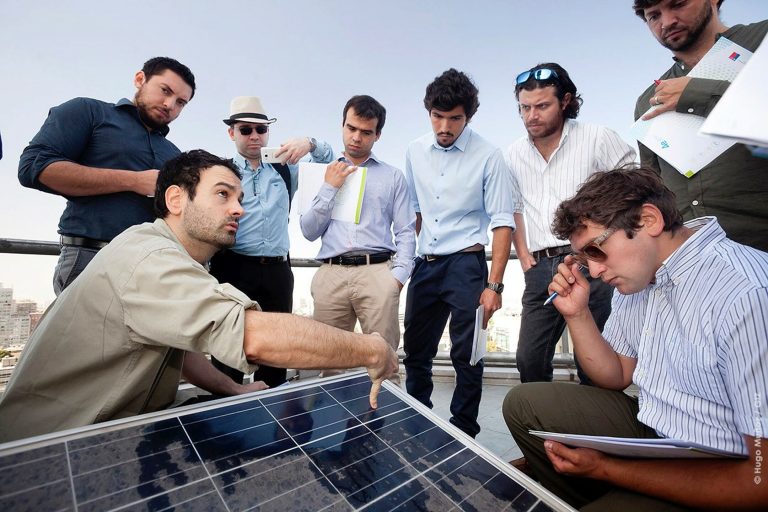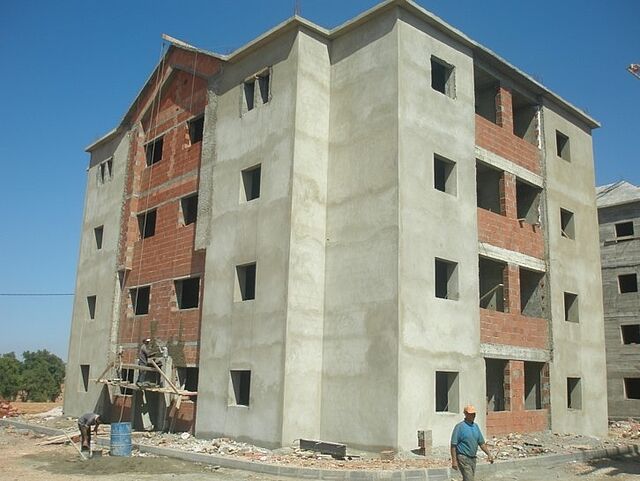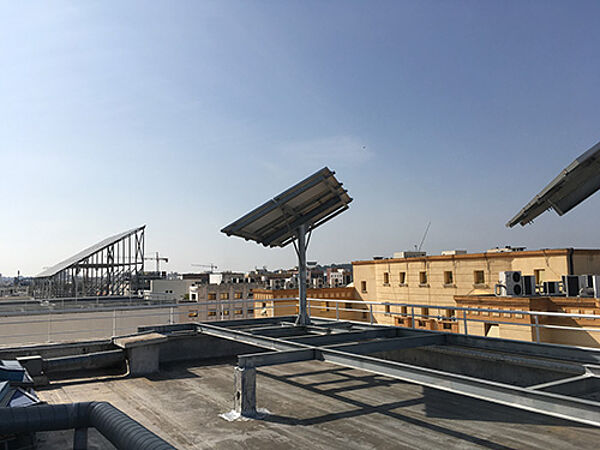
Background: In 2020, Colombia deepened its climate commitments by revising its Nationally Determined Contributions (NDCs) to achieve a 51% reduction in emissions by 2030, a significant increase from the initial 20% target. This ambitious move signals Colombia’s commitment to a carbon-neutral future. Central to this effort is the energy sector, led by the Ministry of Energy, which aims to cut emissions by 11.2 MtCO2e by 2030. An innovative strategy within this plan is the adoption of the Energy Communities (EC) model. This model encourages local communities to actively participate in energy production through self-generation and distributed energy resources. This approach promotes democratising energy access, enhancing social inclusion, and driving sustainable economic growth within these communities.
Approach to Transformational Change: “Colombia – Sustainable Power and Resilience for Colombia’s Energy Communities” focuses on implementing the National EC model nationwide to support Colombia’s ambitious green commitment. It will introduce 105 megawatts (MW) of new distributed renewable energy capacity. The project’s primary objectives include: 1) strengthening the policy-making and institutional framework at national and subnational levels to create a supportive environment for the expansion and replication of the EC model; 2) increasing public and private investment to ensure the effective operation and scalability of ECs; 3) enhancing the ability of key stakeholders to organize and manage ECs that deliver clean, sustainable energy to low- and middle-income groups, thereby improving the well-being of vulnerable communities.
The financial component (FC) consists of two main interventions: energy community convertible grants and a credit guarantee fund. The project intends to leverage EUR 5m. and EUR 117.5 m. of public and private co-funding respectively. It also aims to generate 10,157 green jobs, with half of these opportunities being held by women.
Mitigation potential: Throughout the project, it aims to reduce at least 177,243 tCO2e. Additionally, the project anticipates significant direct and indirect reductions in GHG emissions amounting to 3.8 MtCO2e over the lifetime of the technology.



